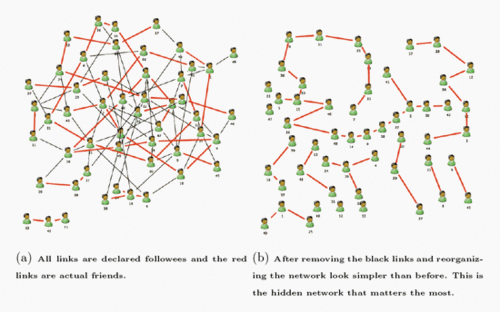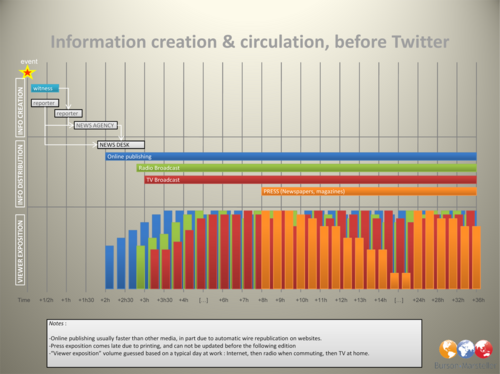You (or your favorite charity) can make money from your tweets! Participate in an experiment on making money from influence
You (or your favorite charity) can benefit from your influence! To find out how, read on…
One of the key themes of Future of Influence Summit, on next week in San Francisco and Sydney, is ‘business models for influence and reputation’.
There are many angles to this particular topic, including:
* Will it be possible for individuals to effectively monetize their influence and reputation?
* What new mechanisms will allow people to make money from the influence?
* How will influence intersect with spending on advertising? (some of the leading players in this space will be speaking at the Summit)
* What are business models for the measurement of influence and reputation?
I recently wrote about Sponsored Tweets, which is one of a number of platforms for people to make money by tweeting sponsored messages and links. There has been extensive discussion on this concept, with a high level of polarization in the community as to whether or not this is a good idea (see for example the comments on Mashable, and thoughts from David Risley, White Hat Crew, and AdWeek).
In the spirit of experimentation and learning how paid influence may work, we are introducing a rewarded tweeting system for promoting Future of Influence Summit. Here is how it works:
1. People using an approved discount code get 25% off the full price of registration (US$199 in San Francisco, A$600 in Sydney). For any registrations with that code, an additional 5% of the registration fee (US$10 for US, A$30 for Australia) is paid to you (or your favourite charity).


